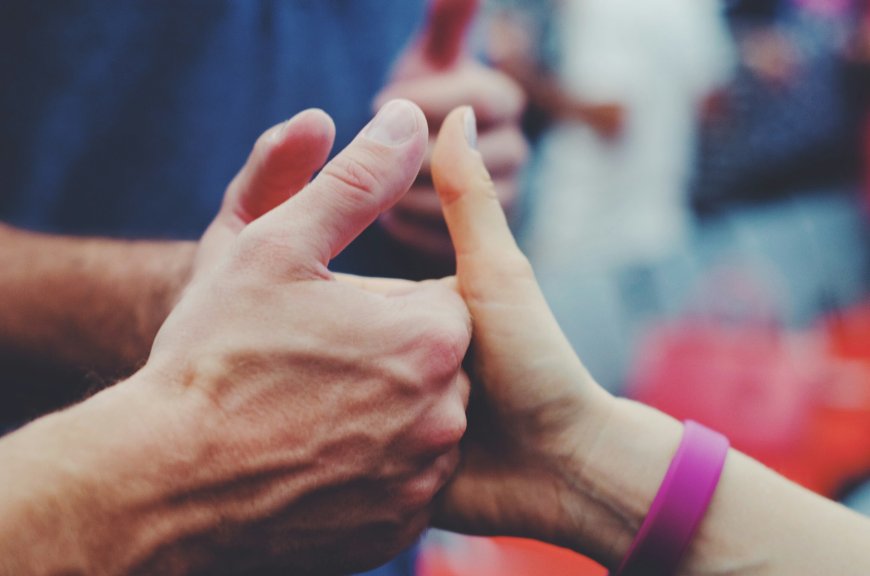Skier’s Thumb: A Common Injury When Hitting the Slopes
Skiing is a thrilling sport that draws millions of enthusiasts to the slopes every year. However, like any physical activity, skiing comes with its risks, and injuries are not uncommon. One such injury that skiers need to be aware of is known as "skier’s thumb."

Skiing is a thrilling sport that draws millions of enthusiasts to the slopes every year. However, like any physical activity, skiing comes with its risks, and injuries are not uncommon. One such injury that skiers need to be aware of is known as "skier’s thumb." Despite its name, skier’s thumb can occur in various scenarios beyond skiing and is a prevalent injury among athletes and outdoor enthusiasts who engage in activities involving sudden falls or impacts on the thumb. In this blog, we’ll delve into what a skier’s thumb is, its causes, symptoms, diagnosis, treatment options, and prevention strategies.
What is Skier’s Thumb?
Skier’s thumb, medically termed as ulnar collateral ligament (UCL) injury of the thumb, is a condition where the ulnar collateral ligament located in the thumb’s metacarpophalangeal (MCP) joint gets stretched or torn. This ligament plays a crucial role in stabilizing the thumb during activities that involve gripping or pinching motions. When it is injured, it can lead to instability and weakness in the thumb, affecting everyday tasks and athletic performance.
What are the Causes of Skier’s Thumb?
Skier’s thumb typically occurs when there is a sudden force or trauma applied to the thumb, forcing it away from the hand. This often happens during skiing accidents when a skier falls while holding a ski pole, and the thumb gets caught in the pole's strap, causing the thumb to bend excessively outward. However, it can also occur in other situations, such as falls during sports like snowboarding, football, or rugby, or even from simple mishaps like falling onto an outstretched hand.
What are the Symptoms of Skier’s Thumb?
The symptoms of a skier’s thumb can vary depending on the severity of the injury but commonly include:
● Pain and tenderness at the base of the thumb.
● Swelling and bruising around the thumb joint.
● Difficulty gripping or pinching objects.
● Instability or looseness in the thumb joint.
● Limited range of motion in the thumb.
Diagnosis of Skier’s Thumb
If you suspect you have a skier’s thumb, it’s essential to seek medical attention promptly. A healthcare professional, typically an orthopedic specialist, will perform a physical examination of the thumb, checking for tenderness, swelling, and stability of the joint. They may also order imaging tests such as X-rays or MRI scans to assess the extent of the injury and rule out any fractures or additional damage.
What are the Treatment Options for Skier’s Thumb?
The treatment options for a skier’s thumb vary depending on the severity of the injury. Here are some common approaches:
1. Conservative Treatment:
● In mild cases where the ligament is only stretched or partially torn, conservative treatment methods may be sufficient.
● Rest: Avoid activities that put a strain on the thumb and allow the ligament to heal.
● Ice: Applying ice packs to the injured area can help reduce pain and swelling.
● Immobilization: Wearing a thumb splint or brace can stabilize the thumb joint and prevent further injury. The splint may need to be worn for several weeks to allow the ligament to heal properly.
2. Medication:
● Over-the-counter pain relievers such as ibuprofen or acetaminophen can help alleviate pain and reduce inflammation associated with the skier’s thumb.
3. Physical Therapy:
● Physical therapy exercises may be prescribed to improve strength, flexibility, and range of motion in the thumb joint.
● A qualified physical therapist can guide patients through specific exercises tailored to their condition and monitor progress.
4. Corticosteroid Injections:
● In some cases, corticosteroid injections may be recommended to reduce inflammation and alleviate pain. These injections are typically administered by a healthcare professional and can provide temporary relief.
5. Surgical Intervention:
● For severe cases of skier’s thumb where the ligament is completely torn or if conservative treatments fail to provide relief, surgical repair may be necessary.
● Surgery aims to reconstruct the damaged ligament and restore stability to the thumb joint.
● After surgery, a period of immobilization and rehabilitation is usually required to allow the thumb to heal properly and regain function.
Prevention Strategies for Skier’s Thumb
While a skier’s thumb cannot always be prevented, there are measures skiers and athletes can take to reduce their risk of sustaining this injury:
● Properly fitting ski equipment: Ensure that your ski poles have properly fitting straps and are adjusted to release easily in case of a fall.
● Technique: Learn and practice proper skiing and snowboarding techniques to reduce the likelihood of falls and minimize the impact on the hands and thumbs.
● Protective gear: Consider wearing protective gloves or mittens with built-in wrist guards to cushion and support the hands during falls.
● Strength and flexibility exercises: Incorporate exercises that target the muscles and ligaments of the hand and thumb to improve strength and flexibility, reducing the risk of injury.
Conclusion
A skier’s thumb is a common injury that can occur when hitting the slopes or engaging in other activities that involve sudden falls or impacts on the thumb. Recognizing the symptoms early and seeking prompt medical attention is crucial for proper diagnosis and treatment. By taking preventive measures and practicing an effective hand therapy exercise and safe skiing techniques, athletes can minimize their risk of sustaining this painful injury and continue enjoying their favorite winter sports safely. If you suspect you have a skier’s thumb or any other hand injury, don’t hesitate to consult with a healthcare professional for evaluation and treatment.
What's Your Reaction?
 Like
0
Like
0
 Dislike
0
Dislike
0
 Love
0
Love
0
 Funny
0
Funny
0
 Angry
0
Angry
0
 Sad
0
Sad
0
 Wow
0
Wow
0



























































